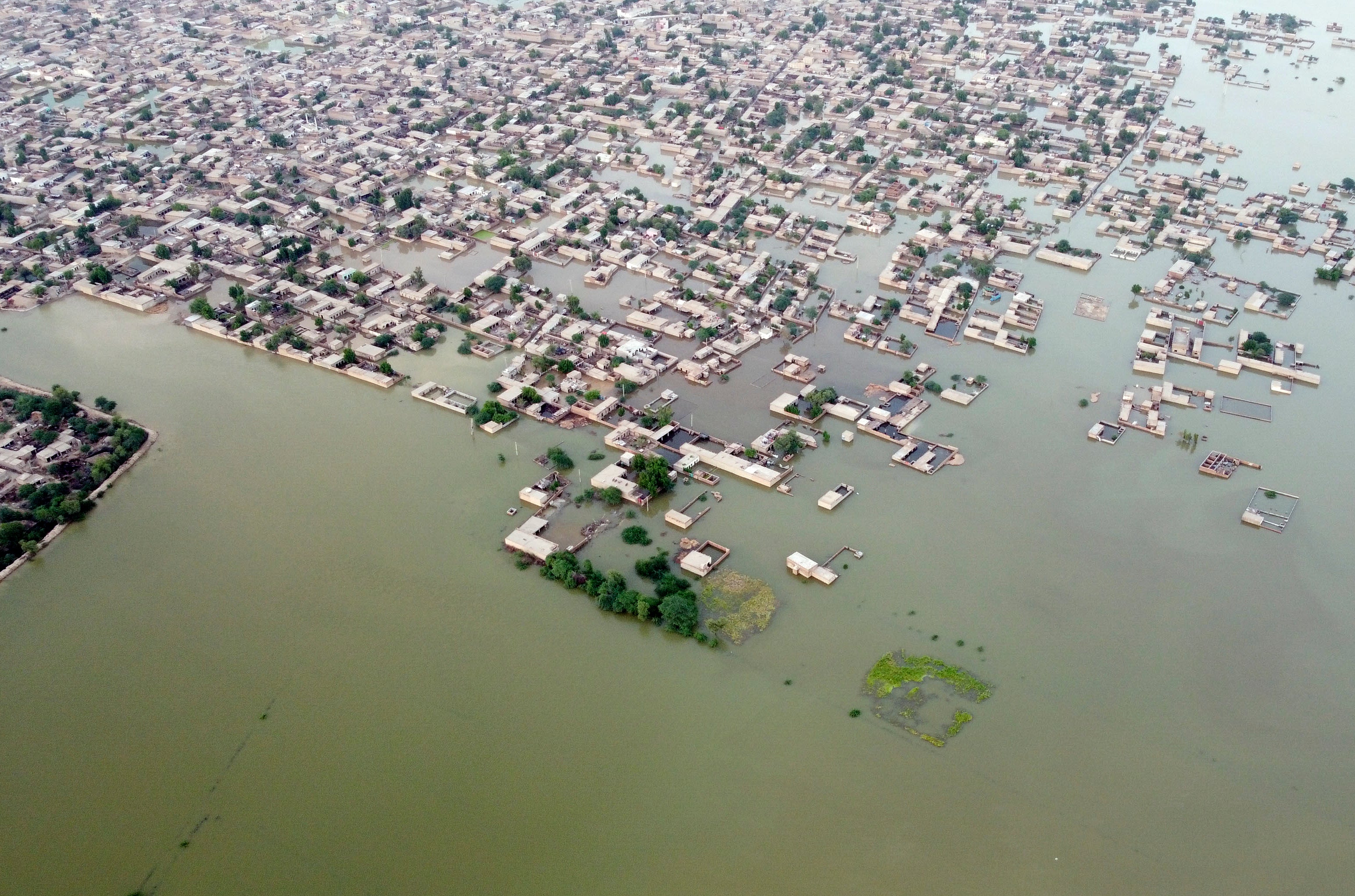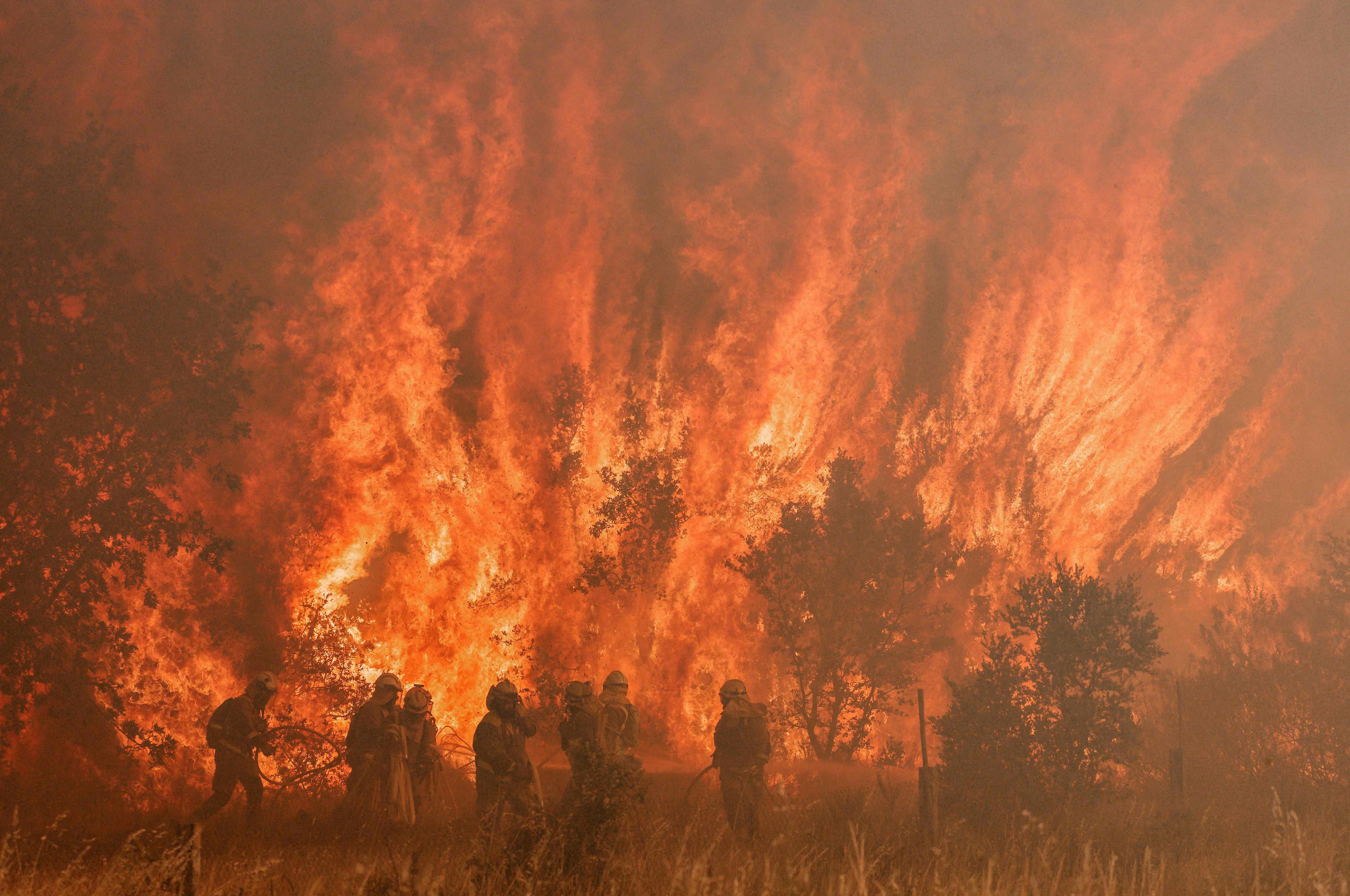Wildfires tearing through the London suburbs, one-third of Pakistan underwater, and drought-linked famine looming for millions in East Africa. These extreme events in 2022 painted a stark picture of the escalating climate crisis, revealing how interconnected our world has become. Scientists have increasingly linked these disasters to human activities, particularly the burning of fossil fuels, which exacerbates climate change and leads to more frequent and severe weather events. Understanding these occurrences is crucial for addressing the challenges ahead and developing effective strategies to mitigate future impacts.
As we reflect on the year, it becomes apparent that the consequences of climate change are not just distant threats; they are realities affecting lives and livelihoods worldwide. This article will explore some of the most significant climate-related disasters of 2022, highlighting the urgent need for collective action to combat climate change. Through examining these events, we can draw lessons to inform better decision-making and policies moving forward.
In the following sections, we will delve into specific incidents, such as the devastating floods in Pakistan, the catastrophic effects of Hurricane Ian in Florida, and the unprecedented heatwaves across Europe and Asia. Each story serves as a reminder of the pressing need to prioritize climate resilience and sustainability in our global efforts.
What You Will Learn
- The extent of the climate crisis and its impact on global weather patterns.
- Key events of 2022 that exemplify the consequences of climate change, such as floods and hurricanes.
- The urgent need for action to combat climate change and protect vulnerable populations.
- How past disasters can inform future strategies for climate resilience.
Flooding in Pakistan
This summer’s record-breaking monsoon flooding wreaked havoc across Pakistan, plunging one-third of the country underwater. The rising torrents killed more than 1,700 people, including nearly 500 children, and left 13,000 injured. Nearly eight million citizens were displaced, and damages of $40 billion were incurred to 8,000 miles of roads, 439 bridges, and 2.3 million houses.
The climate crisis intensified Pakistan’s monsoon rains by 50-75 percent, according to World Weather Attribution (WWA), an international team of climate scientists. This organization frequently assesses the extent to which extreme weather events are influenced by climate change. The findings of WWA highlight the urgent need for adaptation strategies to mitigate the impact of such disasters.

Pakistan’s summer floods have spawned myriad crises. The country is facing a massive public health disaster as water-borne diseases spread, leaving large numbers of women and girls with urinary tract infections and reproductive issues. The agricultural sector has also been severely impacted, leading to food shortages across the country.
Hurricane Ian Strikes Florida
Hurricane Ian slammed into Florida at near Category-5 status in September after undergoing rapid intensification, a phenomenon that is becoming increasingly common due to warmer ocean temperatures. The hurricane made landfall in the state’s southwest, causing widespread destruction with winds that sheared off roofs and storm surges that reached heights equivalent to a two-storey building.
Florida Governor Ron DeSantis described the storm as a “500-year flooding event,” underlining the severity of the impact. Over 100 lives were lost due to the hurricane, with many victims drowning in their homes or vehicles as they refused to evacuate. Ian’s aftermath has left thousands displaced and caused insured damages estimated between $50 billion and $65 billion.

The devastation caused by Hurricane Ian serves as a stark reminder of the potential for extreme weather events to disrupt lives and communities. This event highlights the urgent need for improved emergency preparedness and infrastructure resilience in the face of climate change.
Heatwaves and Wildfires in Europe
This year, Europe experienced unprecedented heatwaves, leading to devastating wildfires across the continent. Over 20,000 people are believed to have died in Western Europe due to the extreme heat. Dr. Friederike Otto, a climate scientist at the Grantham Institute, emphasized that greenhouse gas emissions from burning fossil fuels are a primary driver behind the increasing frequency and intensity of heatwaves.
In the UK, temperatures surpassed 40°C for the first time in recorded history, reaching 40.3°C in Coningsby on July 19. This extreme heat has compounded existing drought conditions and primed landscapes for wildfires. Countries like Portugal and France faced significant wildfires, with the EU’s Copernicus satellite program reporting the highest carbon emissions from wildfires in France since 2003.

The wildfires not only destroyed vast areas of land but also threatened lives and disrupted the environment. As climate change continues to amplify these events, it is critical to integrate sustainable practices and policies to protect vulnerable regions from future disasters.
Conclusion
The climate disasters of 2022 have revealed the urgent need for comprehensive action to address the ongoing climate crisis. From floods in Pakistan to hurricanes in Florida and heatwaves in Europe, these events serve as a wake-up call for governments, organizations, and individuals alike.
By acknowledging the profound impacts of climate change, we can work towards building a more resilient future. It is essential to advocate for policies that prioritize sustainability and to actively participate in efforts to mitigate the effects of climate change. Together, we can make a difference and protect our planet for future generations.
```
A Tragic Incident: The Case Of Yareni Rios-Gonzalez And The Freight Train Accident
Manchester City's Legal Battle: A Turning Point For The Premier League
Arthur Lee Burton's Execution: A Journey Through Crime, Punishment, And Redemption


